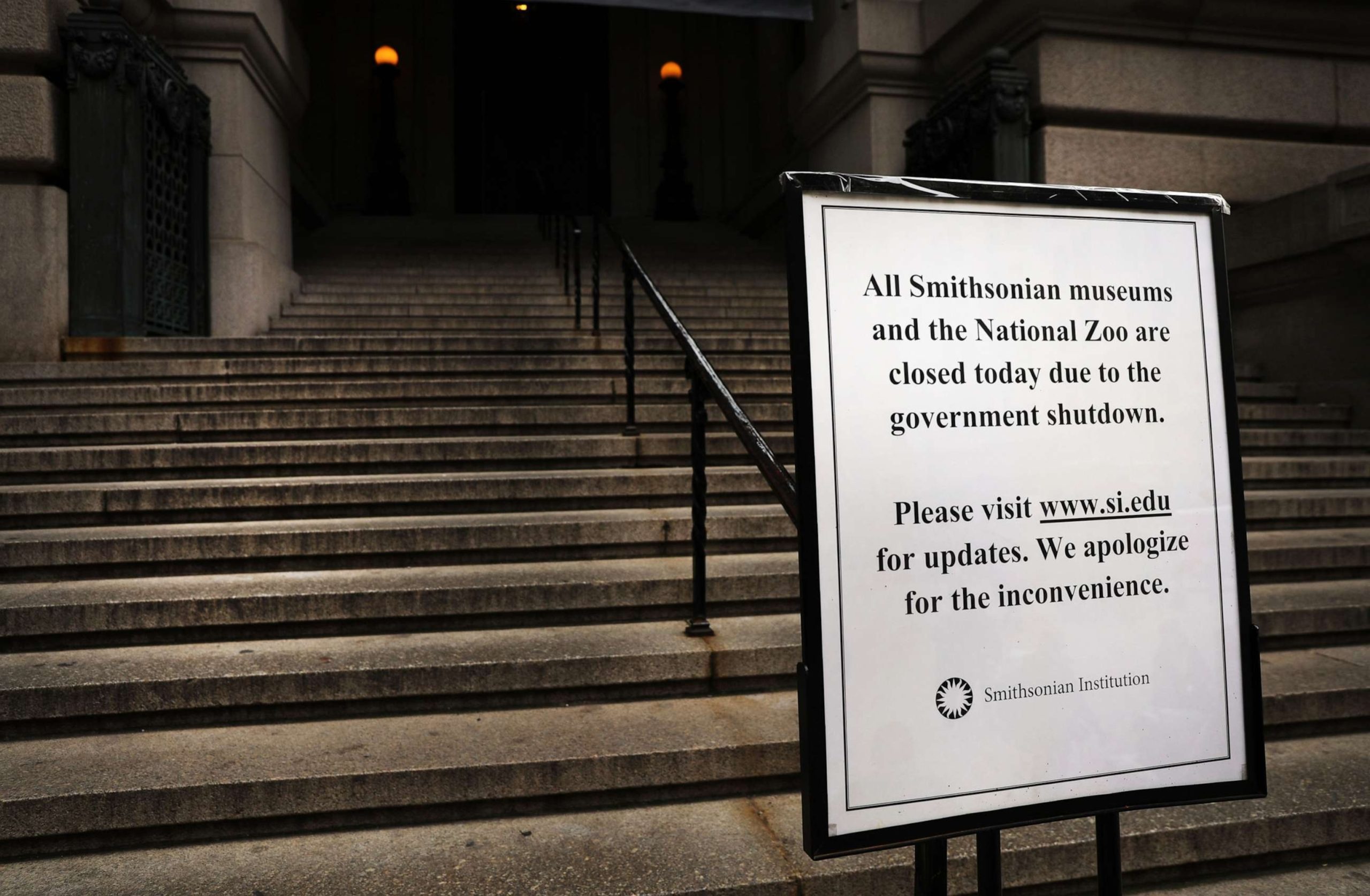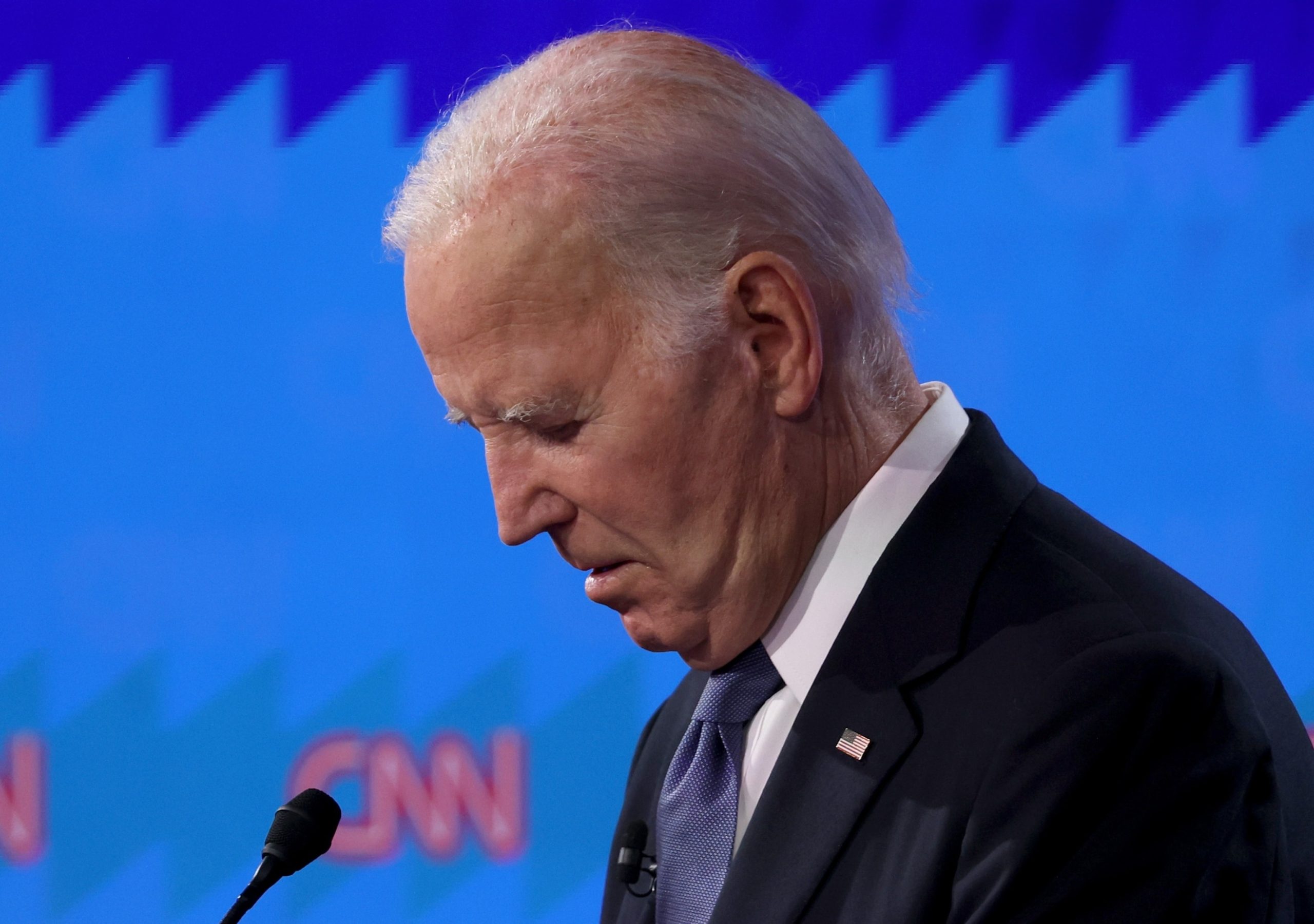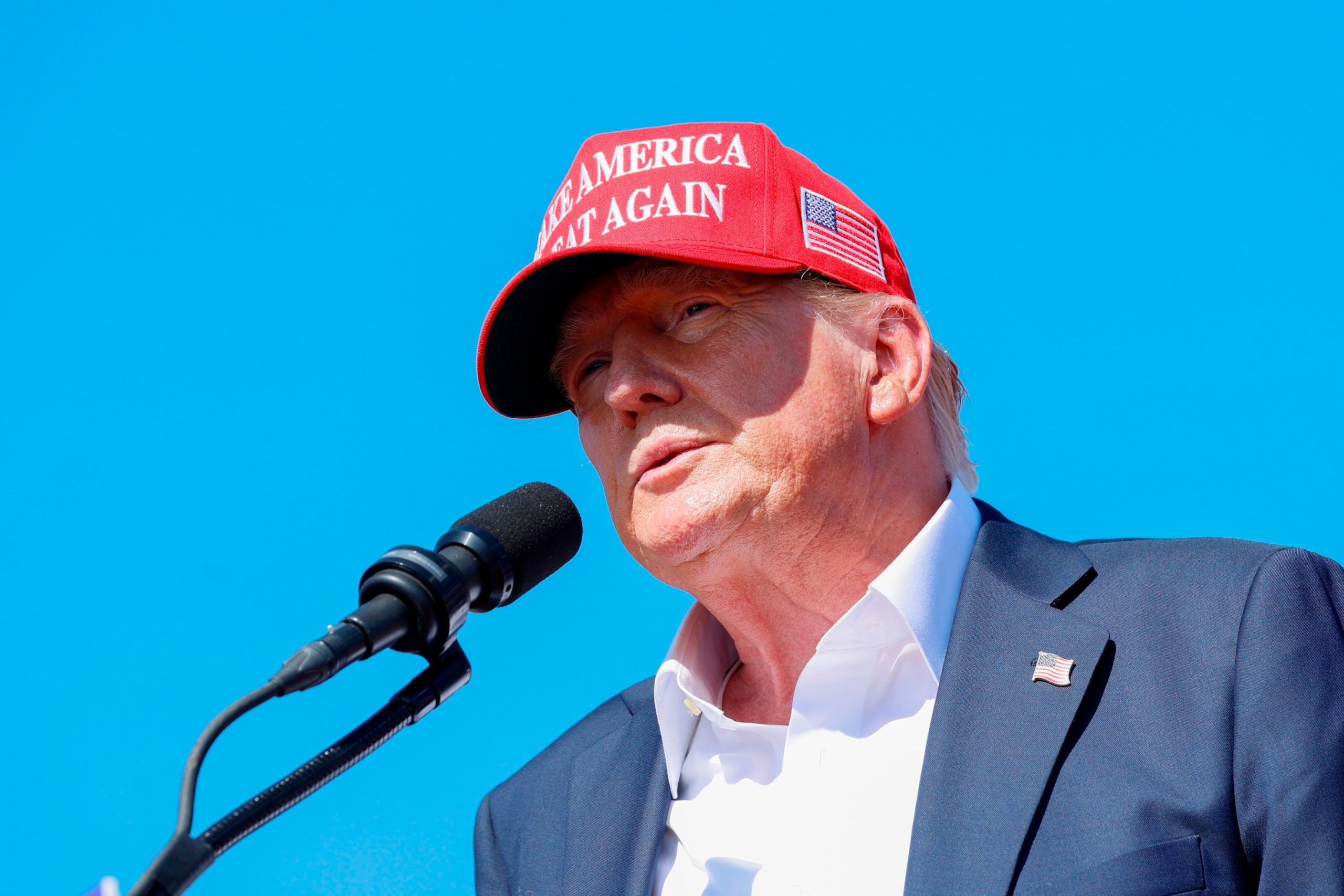The Consequences of a Government Shutdown: Insights from History
A government shutdown occurs when the government is unable to pass a budget or a continuing resolution to fund its operations. This results in the temporary closure of non-essential government services and the furloughing of federal employees. While government shutdowns have become more common in recent years, they have significant consequences that can impact various aspects of society. To gain insights into these consequences, we can look back at historical instances of government shutdowns.
One of the most notable government shutdowns in recent history occurred in 2013 during the Obama administration. The shutdown lasted for 16 days and was primarily caused by disagreements between Republicans and Democrats over the funding of the Affordable Care Act, also known as Obamacare. During this period, around 800,000 federal employees were furloughed, leading to a halt in various government services.
One immediate consequence of a government shutdown is the disruption of essential services. National parks and museums are closed, passport applications are delayed, and many government websites are not updated or maintained. This can have a significant impact on tourism, as visitors are unable to access popular attractions and historical sites. In 2013, an estimated 7.88 million visitors were turned away from national parks during the shutdown, resulting in a loss of revenue for local economies.
Another consequence is the economic impact of a government shutdown. When federal employees are furloughed, they are not receiving their regular paychecks. This can lead to financial hardships for these individuals and their families. Additionally, businesses that rely on government contracts or services may also suffer. For example, small businesses that provide services to federal agencies may experience a decline in revenue during a shutdown.
Furthermore, a government shutdown can have long-term effects on public trust and confidence in the government. When citizens witness their elected officials failing to reach an agreement and causing a shutdown, it erodes their faith in the government’s ability to function effectively. This can lead to increased political polarization and a lack of cooperation between different parties, making it even more challenging to prevent future shutdowns.
In addition to the immediate consequences, a government shutdown can have lasting effects on various sectors. For instance, scientific research projects funded by federal agencies may be delayed or disrupted, hindering progress in critical areas such as healthcare, climate change, and technology. Moreover, the uncertainty caused by a shutdown can impact financial markets and investor confidence, leading to economic instability.
To mitigate the consequences of a government shutdown, lawmakers have often passed legislation to provide back pay for furloughed employees once the government reopens. However, this does not fully alleviate the financial strain experienced by affected individuals during the shutdown period.
In conclusion, government shutdowns have significant consequences that affect various aspects of society. From disrupting essential services and impacting tourism to causing economic hardships and eroding public trust, the effects of a shutdown can be far-reaching. By examining historical instances of government shutdowns, we can gain insights into the potential consequences and work towards finding solutions to prevent or minimize their impact in the future.



